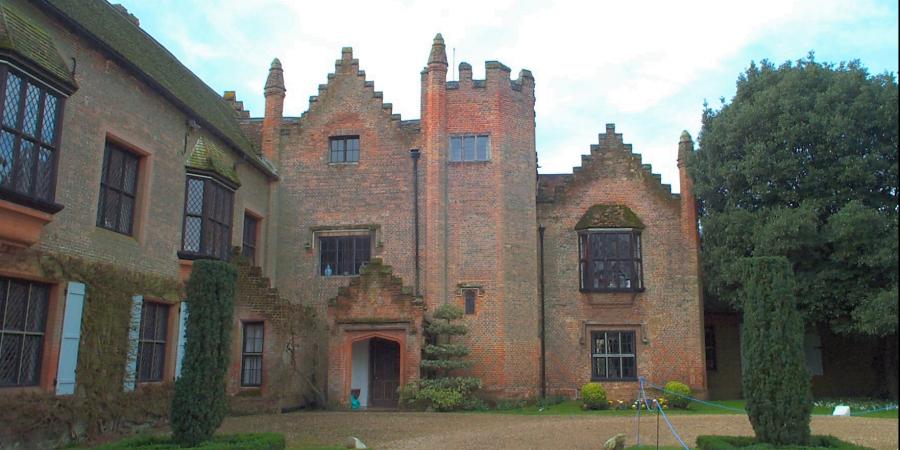Broadcast 2 January 2005
Wessex Archaeology was commissioned by Videotext Communications Ltd to undertake a programme of archaeological recording and post-excavation work on an archaeological evaluation undertaken by Channel 4’s ‘Time Team’ at Chenies Manor, Chenies, Buckinghamshire, centred on NGR 501500 198350 (Figure 1).
Chenies Manor is located approximately 5km east of Amersham and around 1.5km to the north west of Little Chalfont, close to the county boundary between Hertfordshire and Buckinghamshire. The Manor lies just on the western edge of the village, adjacent to St. Michael’s church. The present manor house lies on the site of the Medieval manor house, the undercroft of which is incorporated within the present house, and is a Scheduled Monument (SM No 27145). The surviving remains of the manor house predominantly date to the Tudor or Post-medieval period, and are a Grade I Listed Building.
The stated aim of the project was to ascertain the character, extent and degree of preservation of the archaeological remains at Chenies Manor. Documents relating to the visits to Chenies by both Henry VIII and Elizabeth I, as well as the description of the manor in the Itinerary of John Leland, indicate that the site saw much construction during the Tudor period (initially instigated by John Russell). Later documents refer to the demolition and abandonment of some of the wings of the manor, and it is clear that there is a complex history of construction, modification, abandonment and demolition of different elements of the manor throughout the Tudor and Postmedieval periods.
The archaeological work at Chenies was predominantly intended to examine the evidence for the Tudor history of the site, and in particular the transformation and remodelling of the inherited Medieval manor by John Russell, into a house fit for the visits of King Henry VIII. The house as it stands today is clearly not large enough to have housed the King and his vast retinue, and the documentary sources mention additional ranges of buildings to those which survive. The location of these Tudor remains and structures is unclear, and the project sought to shed further light on the extent and nature of the Tudor manor in its heyday.
